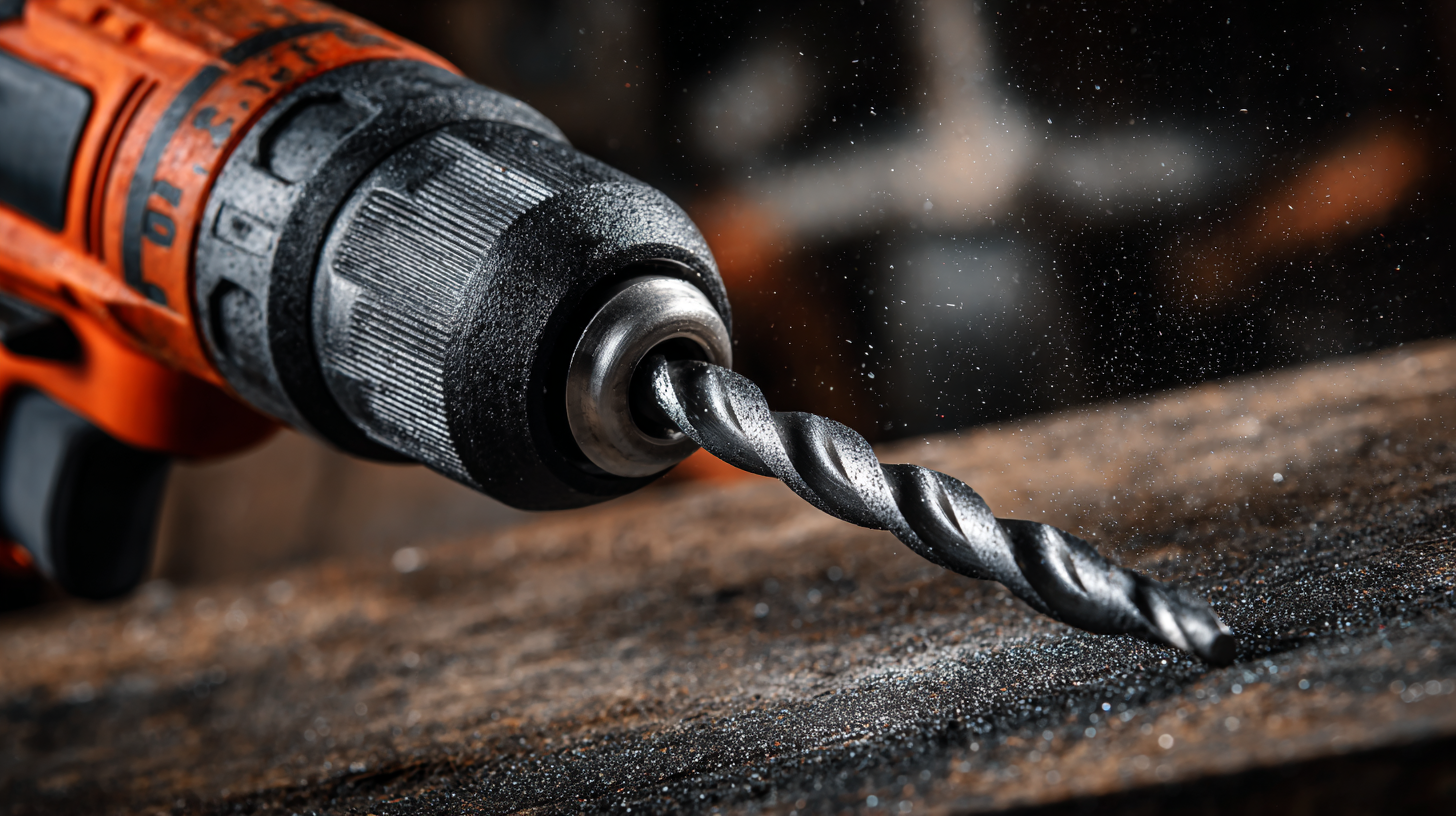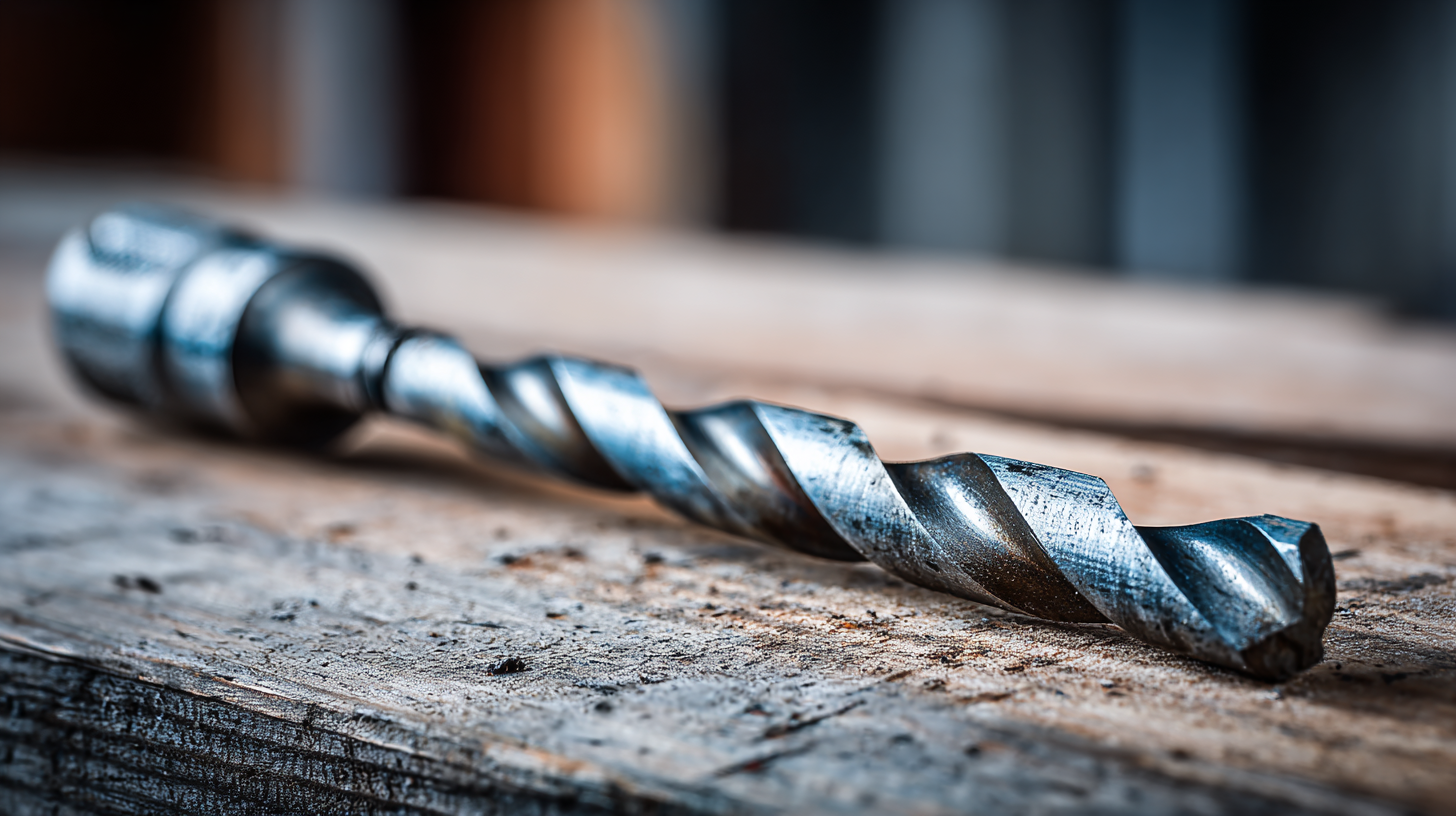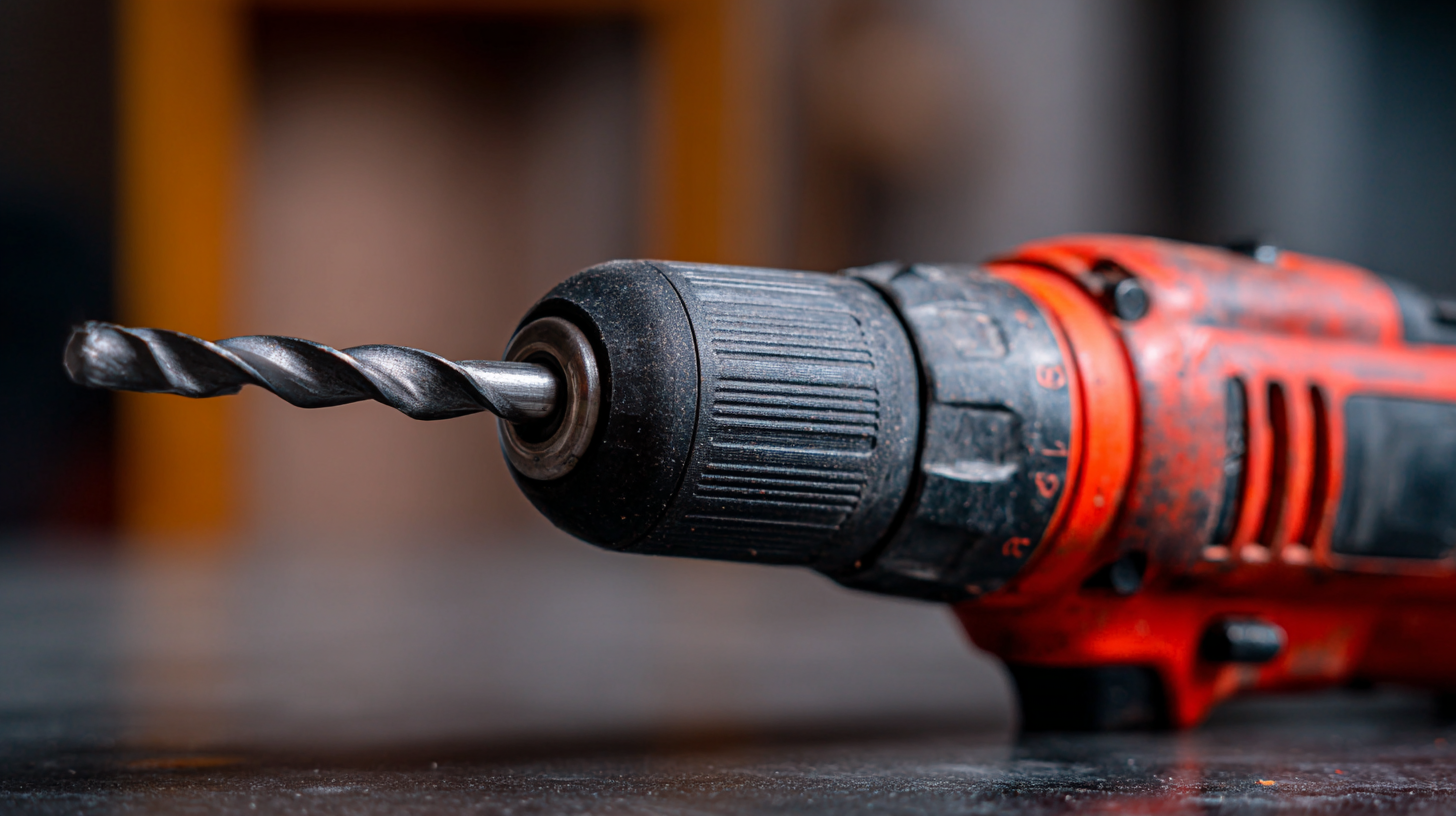In the ever-evolving world of power tools, the electric drill bit stands out as an essential component for both professionals and DIY enthusiasts alike. With the global power tools market projected to reach USD 41.3 billion by 2027, driven by advancements in technology and increasing consumer demand, understanding the capabilities of electric drill bits is crucial.
Electric drill bits are designed for optimal performance across various materials, providing unmatched efficiency and precision. A comprehensive technical specification aids users in selecting the right drill bit for specific applications, enhancing productivity and reducing project times.

Furthermore, recent reports indicate that adopting high-quality electric drill bits can improve drilling accuracy by up to 30%, making it imperative to delve into the benefits and practical use guide of these indispensable tools.
When it comes to selecting the right electric drill bits, understanding the various types available and their specific applications is crucial. Electric drill bits are generally categorized by the materials they're made from, which directly impacts their performance across different projects. For instance, carbide-tipped bits are highly effective for masonry tasks due to their durability and ability to cut through hard materials. In fact,
 specialized masonry drill bits designed with strong carbide tips can efficiently penetrate tough concrete and brick, making them essential for any construction enthusiast or contractor.
specialized masonry drill bits designed with strong carbide tips can efficiently penetrate tough concrete and brick, making them essential for any construction enthusiast or contractor.
Moreover, for metal applications, drill bits must exhibit exceptional hardness to drill through materials such as hardened steel or stainless steel. Recent tests have shown that the best drill bits for metal are specifically tailored to conquer these challenges, providing ultimate reliability and precision. It's noteworthy that advancements in micro-drilling technology have expanded the capabilities of standard drill bits, allowing for high-precision micro components to be created with accuracy previously deemed unattainable. Understanding these distinctions and leveraging the right drill bit can significantly enhance the efficiency and outcome of your projects.
When it comes to selecting high-quality drill bits, understanding key technical specifications is crucial for both professionals and DIY enthusiasts. One primary specification is the material of the drill bit. High-speed steel (HSS) is a common choice for general use, while cobalt drill bits, which can withstand higher temperatures, are ideal for tougher materials like stainless steel. According to a report by the American Society of Mechanical Engineers, using the right material can increase drilling efficiency by up to 30%, drastically reducing wear and tear on the equipment.

Another notable specification is the bit’s coating. Many drill bits feature coatings like titanium or black oxide that enhance durability and reduce friction during use, leading to a longer lifespan. Research from the National Institute of Standards and Technology indicates that coated drill bits can last up to 40% longer than uncoated counterparts in rigorous testing environments. Furthermore, the geometry of the drill bit, including the point angle and flute design, impacts its performance. A standard 118-degree point angle is versatile for most applications, while a split point design ensures accurate starts and less walking, which is particularly beneficial in harder materials. Understanding these characteristics can empower users to make informed decisions and optimize their drilling tasks.
When selecting the best electric drill bits, understanding their performance metrics is crucial for achieving optimal results in various materials. Recent evaluations reveal significant variations in drill bit performance across wood, metal, and concrete applications. For instance, drill bits designated for metal applications have been specifically tested for their efficacy in hardened steel and stainless steel, focusing on metrics like drilling forces, cutting speeds, and hole quality. These metrics are critical, especially when dealing with demanding materials like aluminum alloys used in aerospace applications, where precise hole quality is paramount.

Industry studies have also explored the impact of drill bit hardness and material coatings on drilling efficiency. For example, the hardness of drill bits correlates directly with the ability to maintain sharpness and reduce wear during prolonged drilling operations. This is particularly important in hard rock drilling, where the mechanical parameters of both the rock and the drilling machine affect noise levels and overall performance. Understanding these technical specifications not only aids in selecting the right drill bits but also enhances drilling accuracy and efficiency in various industrial applications.
When selecting the right electric drill bit for your project, understanding the various types and their specific applications is crucial.
For instance, twist drill bits are versatile and ideal for drilling through wood, plastic, and metal.
For projects requiring precise holes, consider using spade bits for wood or masonry bits for walls. Each bit type has its unique specifications, including material and tip design, which contribute to their effectiveness in different scenarios.
Another key aspect to consider is the size and compatibility of the drill bit with your electric drill.
Check the chuck size of your drill to ensure the bit fits securely.
Additionally, think about the depth and diameter of the hole needed for your project. Using the right size drill bit not only improves efficiency but also enhances the overall quality of your work.
By considering these practical tips, you can unlock the full potential of your electric drill and achieve professional results in your DIY endeavors.
When it comes to maximizing the efficiency of your electric drill bits, proper maintenance and care play a crucial role. Regularly inspecting your bits for wear and tear can help prolong their lifespan. Keep an eye out for dull edges, as this can lead to increased friction and strain on your drill. Sharpening your bits periodically will not only improve their performance but also ensure a smoother drilling experience. Additionally, cleaning the bits after each use prevents debris from building up, which can hinder their effectiveness.
Lubrication is another key aspect of maintaining electric drill bits. Applying a light oil helps reduce friction and heat buildup during drilling, ultimately improving efficiency. Be sure to apply the lubricant according to the manufacturer's recommendations to avoid any mishaps. Furthermore, storing your drill bits in a dry, organized manner protects them from moisture and rust, which can compromise their integrity. By following these simple maintenance tips, you can keep your electric drill bits in top condition, ready to tackle any project with optimal performance.

